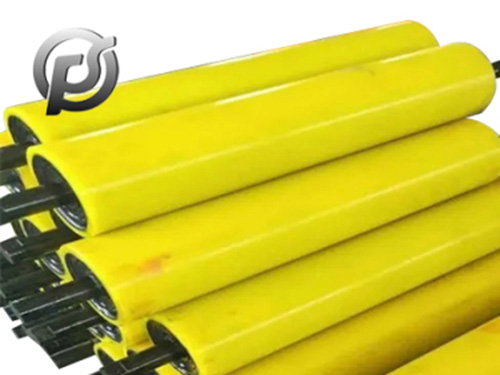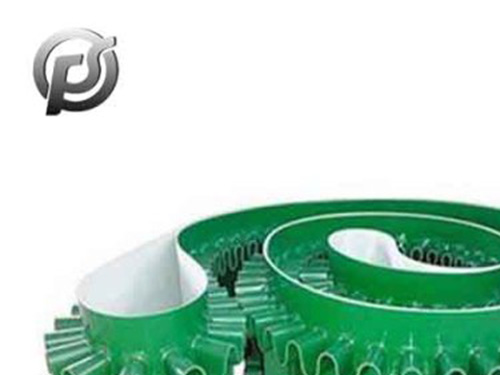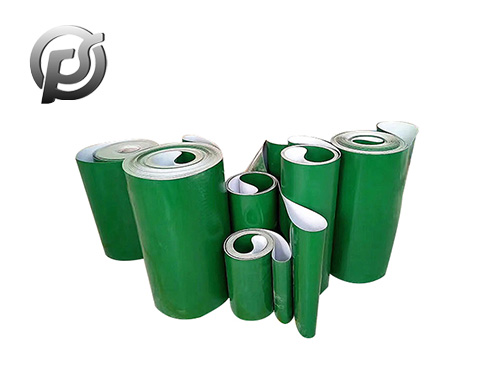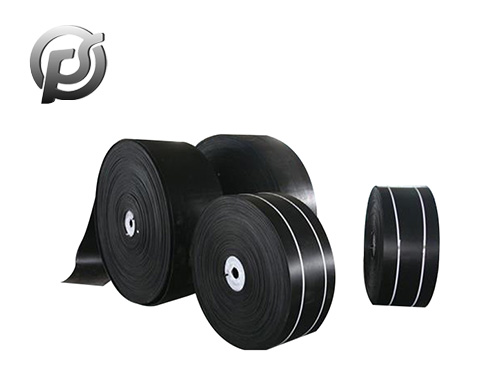Light conveyor belts have revolutionized material handling processes across industries, offering a range of benefits that enhance efficiency, productivity, and safety. This article delves into the features, applications, and advantages of
light conveyor belts, highlighting their significance in modern manufacturing and logistics operations.
Key Features of Light Conveyor Belts
Light conveyor belts are typically made from materials like PVC, PU, or fabric-reinforced rubber, ensuring flexibility, durability, and resistance to wear and tear. These belts come in various configurations, including flat, modular, and timing belts, each designed to suit specific conveying needs. Additionally, light conveyor belts are characterized by their lightweight construction, making them easier to install, maintain, and operate.
Advantages of Light Conveyor Belts
Energy Efficiency: Light conveyor belts require less power to operate compared to heavier alternatives, resulting in lower energy consumption and reduced operating costs.
Flexibility: The flexibility of light conveyor belts allows for easy maneuverability around corners, curves, and inclines, maximizing space utilization in conveyor systems.
Low Maintenance: These belts are designed for minimal maintenance, with features like easy cleaning, belt tracking systems, and quick belt replacement options.
Noise Reduction: Light conveyor belts produce less noise during operation, creating a quieter and more comfortable working environment for personnel.
Applications of Light Conveyor Belts
Manufacturing Industries: Light conveyor belts are widely used in manufacturing plants for transporting products along assembly lines, sorting, and packaging operations.
Food and Beverage Sector: These belts meet FDA and USDA requirements, making them suitable for conveying food products in processing facilities, bakeries, and beverage production lines.
Logistics and Distribution Centers: Light conveyor belts facilitate efficient material handling in logistics hubs, warehouses, and distribution centers, enabling smooth product flow and order fulfillment.
Airport Baggage Handling: In airports, light conveyor belts are utilized for luggage handling systems, ensuring fast and reliable baggage transport from check-in to departure gates.
Conclusion
Light conveyor belts have become indispensable in modern material handling processes, offering a host of advantages that contribute to operational efficiency and cost-effectiveness. Their versatility, energy efficiency, and low maintenance requirements make them a preferred choice across industries ranging from manufacturing and logistics to food processing and transportation. As technology continues to evolve, light conveyor belts are poised to play an increasingly vital role in streamlining material flow and enhancing productivity in diverse sectors.


 Stone Conveyor Belt: Enhancing Efficiency and Productivity in Material Handling
Stone Conveyor Belt: Enhancing Efficiency and Productivity in Material Handling
 Optimizing Operations with PE Conveyor Belts: Durability, Efficiency, and Versatility
Optimizing Operations with PE Conveyor Belts: Durability, Efficiency, and Versatility
 Exploring the Efficiency and Versatility of Light Conveyor Belts
Exploring the Efficiency and Versatility of Light Conveyor Belts